In Vedic astrology (known as Jyotisha), the sky is divided into 27 Nakshatras or lunar mansions. The Moon travels through one Nakshatra every 1 day, 2 hours, and 40 minutes (roughly 1.011 days per Nakshatra), completing its journey through all 27 Nakshatras in a lunar month (around 27.3 days).
Each Nakshatra represents not only a group of stars (constellations) but also an archetype of human consciousness, a pattern of energy influencing our personality, behavior, and destiny.
So when you hear phrases like “My Moon is in Rohini Nakshatra” or “I’m born under Magha”, it means the Moon was traveling through that nakshatra when that person was born.
However, in that alignment lies a story, a story of your temperament, your gifts, and even your life’s rhythm.
In this guide, I’ll walk you through everything you need to understand about Nakshatras, from their meaning and origin to their ruling planets, deities, and symbolism. By the end, you’ll not only know the names of all 27 Nakshatras in Hindu astrology, but also how to find your own and what it truly says about you.
- The Origin and History of Nakshatras in Hindu Astrology
- What Is Nakshatra? Nakshatra Meaning in Vedic Astrology
- List of 27 Nakshatras and their Lords
- The Role and Importance of Nakshatras in Astrology
- Nakshatras and Their Ruling Planets (The 9 Grahas)
- What nakshatras are ruled by Venus?
- What nakshatras are ruled by Mars?
- What nakshatras are ruled by Sun?
- What nakshatras are ruled by Moon?
- What nakshatras are ruled by Mercury?
- What nakshatras are ruled by Jupiter?
- What nakshatras are ruled by Saturn?
- What nakshatras are ruled by Rahu?
- What nakshatras are ruled by Ketu?
- The Nakshatras Believed to Bring Prosperity and Balance
- Gana Classification of Nakshatras — Deva, Manushya, and Rakshasa
- How do I know my Nakshatra?
- The God of Stars: Who Rules Over the Nakshatras?
- FAQs on 27 Nakshatras
- Understanding Your Celestial Blueprint
The Origin and History of Nakshatras in Hindu Astrology
To truly understand the Nakshatras, let’s begin by exploring the origin and historical evolution of these 27 lunar mansions in Vedic astrology.
Who invented Nakshatras?
The answer takes us back to the Vedic era, over 5,000 years ago.
The earliest references appear in the Rig Veda, Taittirīya Brāhmaṇa (1.5.2), and Atharva Veda (the most authoritative scriptures of Hinduism), where the Nakshatras were revered as divine entities guiding rituals, seasons, and human life.
Why 27 nakshatras?
Originally, 28 Nakshatras were recognized, including Abhijit Nakshatra. Each Nakshatra normally spans about 13°20′ of the zodiac; however, Abhijit covers only about 4°13′, a very small section between Uttara Ashadha and Shravana in Capricorn. Because it overlaps their area, most traditions treat it as part of them and count only 27 Nakshatras in practice.
Are Nakshatras Stars? Understanding their astronomical connection
Yes, Nakshatras are real groups of stars in the sky. Each one matches a specific constellation — for example, Rohini aligns with the red star Aldebaran, and Swati with Arcturus.
What Is Nakshatra? Nakshatra Meaning in Vedic Astrology
The Sanskrit word Nakṣatra (नक्षत्र) is derived from two roots: “Nakṣa” (to approach or map) and “Tra” (instrument or tool).
Together, Nakshatra means a tool to measure the celestial path of the Moon.
Simply put, Nakshatras are fundamentally the lunar mansions, and a tool created to track the moon’s position as it moves through the sky.
Every Nakshatra has:
- A deity (representing divine energy).
- A planetary ruler (lord) influencing its qualities.
- A symbol and animal totem.
- Four padas (quarters), connecting to the zodiac signs.
For example, take Rohini Nakshatra:
- Its deity is Brahma, the creator — so it’s linked to growth and creativity.
- Its planetary ruler is the Moon, giving it softness, emotion, and beauty.
- Its symbol is a chariot, showing movement and progress.
- Its first pada falls in Taurus, which makes Rohini practical and sensual.
So when you hear about someone born under Rohini Nakshatra, it means their Moon was in that part of the sky — carrying the creativity of Brahma, the emotion of the Moon, and the steady strength of Taurus.
This makes Nakshatras the most detailed layer in astrology; they explain why two people with the same Sun sign can still be so different.
List of 27 Nakshatras and their Lords
Below is the complete list of all 27 Nakshatras in Vedic astrology, with their deities, planetary lords, and primary characteristics.
| No. | Nakshatra | Deity | Planetary Lord | Core Traits/Characteristics |
| 1 | Ashwini | Ashwini Kumars | Ketu | Healing, initiative, quick action, helpful nature, vitality |
| 2 | Bharani | Yama | Venus | Discipline, transformation, responsibility, endurance |
| 3 | Krittika | Agni | Sun | Courage, purification, passion, assertiveness |
| 4 | Rohini | Brahma | Moon | Creativity, beauty, growth, sensual charm |
| 5 | Mrigashira | Soma | Mars | Curiosity, exploration, intelligence, restlessness |
| 6 | Ardra | Rudra | Rahu | Intensity, emotional depth, renewal, change |
| 7 | Punarvasu | Aditi | Jupiter | Optimism, nurturing, renewal, adaptability |
| 8 | Pushya | Brihaspati | Saturn | Nourishment, discipline, reliability, leadership |
| 9 | Ashlesha | Nagas | Mercury | Intuition, secrecy, mysticism, persuasive ability |
| 10 | Magha | Pitris (Ancestors) | Ketu | Authority, legacy, pride, leadership |
| 11 | Purva Phalguni | Bhaga | Venus | Romance, pleasure, generosity, artistry |
| 12 | Uttara Phalguni | Aryaman | Sun | Partnership, helpfulness, loyalty, fairness |
| 13 | Hasta | Savitar | Moon | Skill, dexterity, communication, cheerfulness |
| 14 | Chitra | Tvashtar (Vishvakarma) | Mars | Creativity, aesthetics, craftsmanship, ambition |
| 15 | Swati | Vayu | Rahu | Independence, adaptability, movement, balance |
| 16 | Vishakha | Indra & Agni | Jupiter | Ambition, goal-focus, competition, transformation |
| 17 | Anuradha | Mitra | Saturn | Friendship, devotion, cooperation, loyalty |
| 18 | Jyeshtha | Indra | Mercury | Seniority, wisdom, protection, command |
| 19 | Mula | Nirriti | Ketu | Rootedness, research, destruction, truth-seeking |
| 20 | Purva Ashadha | Apah (Water Deity) | Venus | Persuasion, victory, enthusiasm, optimism |
| 21 | Uttara Ashadha | Vishva Devas | Sun | Determination, integrity, long-term success |
| 22 | Shravana | Vishnu | Moon | Listening, knowledge, storytelling, discipline |
| 23 | Dhanishta | Vasus | Mars | Music, rhythm, prosperity, resourcefulness |
| 24 | Shatabhisha | Varuna | Rahu | Healing, mystery, solitude, innovation |
| 25 | Purva Bhadrapada | Ajaikapada | Jupiter | Idealism, intensity, reform, mysticism |
| 26 | Uttara Bhadrapada | Ahirbudhnya | Saturn | Patience, depth, compassion, spiritual wisdom |
| 27 | Revati | Pushan | Mercury | Protection, kindness, travel, generosity |
The Role and Importance of Nakshatras in Astrology
Nakshatras are the foundation of Vedic astrology. Every chart interpretation, Dasha (planetary period ruling your life), and even marriage compatibility is Nakshatra-based.
Without understanding Nakshatras, astrology becomes half-blind, because the Nakshatras reveal the why behind the planets.
Nakshatras and Their Ruling Planets (The 9 Grahas)
In Vedic astrology, each Nakshatra is connected to one of the nine planets. This planet, called the Nakshatra Adhipati or ruler, gives the Nakshatra its main qualities — like its mood, strength, and way of expressing energy.
The nine planets rule the 27 Nakshatras in a repeating order. Here, let’s explore which Nakshatras are ruled by each of the nine planets.
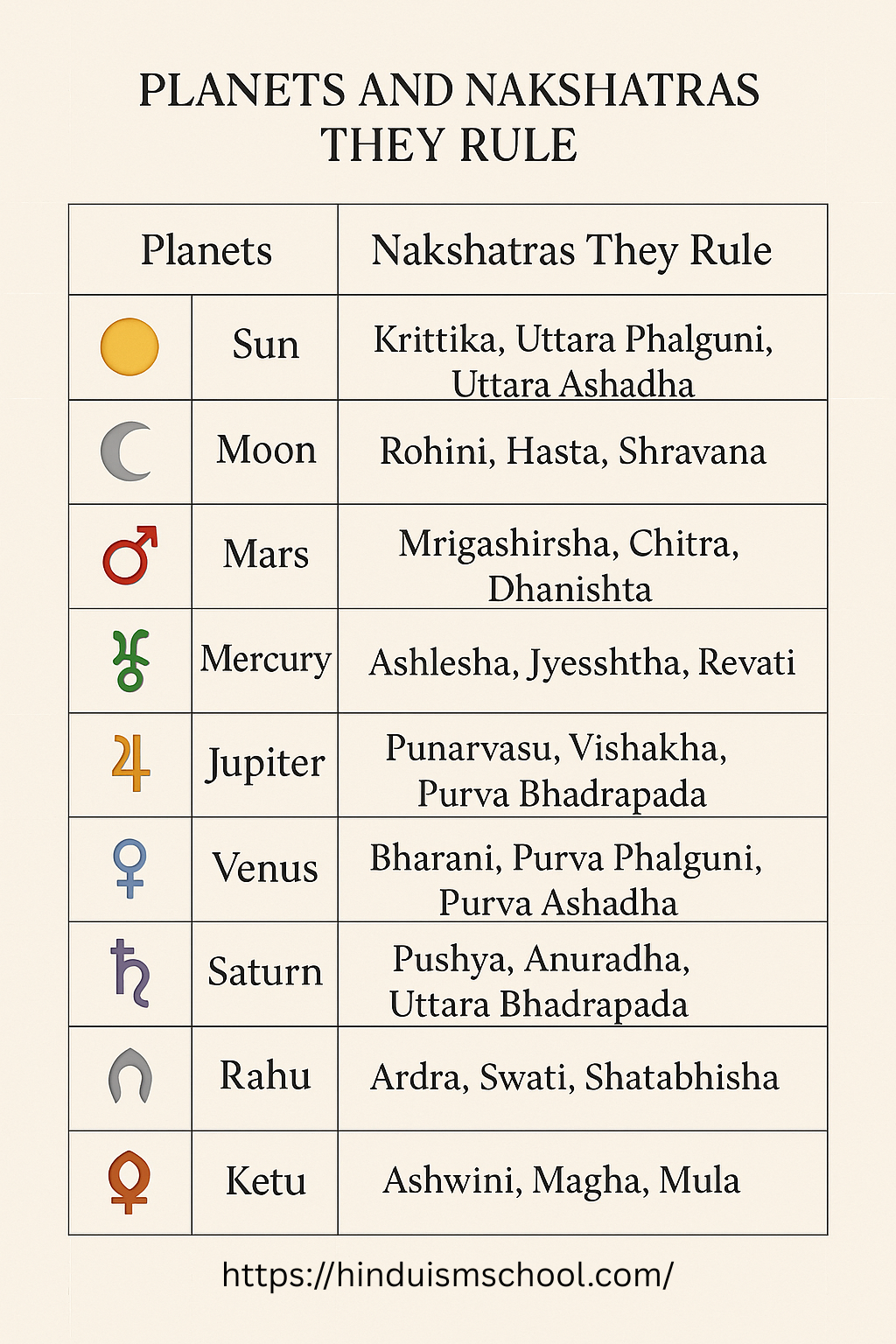
What nakshatras are ruled by Venus?
Bharani, Purva Phalguni, and Purva Ashadha are ruled by Venus. These Nakshatras express grace, creativity, and love for comfort and art. Venus gives them charm, aesthetic sense, and relationship focus, but their true balance comes when they learn to value harmony over indulgence.
What nakshatras are ruled by Mars?
Mrigashira, Chitra, and Dhanishta are ruled by Mars. These Nakshatras carry the fire of action, drive, and exploration. Mars gives courage, precision, and passion for results. People born here often excel in engineering, athletics, or fields needing quick decisions and hands-on effort.
What nakshatras are ruled by Sun?
Krittika, Uttara Phalguni, and Uttara Ashadha are ruled by the Sun. These Nakshatras radiate leadership, purpose, and integrity. The Sun lends authority, ambition, and a natural sense of duty. Natives tend to lead with confidence and take pride in maintaining clarity and fairness.
What nakshatras are ruled by Moon?
Rohini, Hasta, and Shravana are ruled by the Moon. These Nakshatras express emotional depth, imagination, and care. The Moon grants intuition, rhythm, and empathy. Such natives are often drawn to communication, nurturing roles, and creative or educational pursuits.
What nakshatras are ruled by Mercury?
Ashlesha, Jyeshtha, and Revati are ruled by Mercury. These Nakshatras carry intelligence, adaptability, and persuasive communication. Mercury adds curiosity, strategy, and clarity in thought. Natives often excel in writing, analysis, or counseling, blending detail with diplomacy.
What nakshatras are ruled by Jupiter?
Punarvasu, Vishakha, and Purva Bhadrapada are ruled by Jupiter. These Nakshatras radiate wisdom, ethics, and guidance. Jupiter’s influence inspires teaching, philosophy, and expansion. Natives born under these stars are mentors, spiritual thinkers, and champions of moral clarity.
What nakshatras are ruled by Saturn?
Pushya, Anuradha, and Uttara Bhadrapada are ruled by Saturn. These Nakshatras embody endurance, loyalty, and discipline. Saturn shapes responsibility and structure, teaching patience and commitment. Such natives grow stronger with time, excelling in service, research, or leadership through perseverance.
What nakshatras are ruled by Rahu?
Ardra, Swati, and Shatabhisha are ruled by Rahu. These Nakshatras carry innovation, independence, and intensity. Rahu drives rebellion, ambition, and mastery of unconventional paths. Natives may excel in technology, science, or healing — anything that breaks old patterns.
What nakshatras are ruled by Ketu?
Ashwini, Magha, and Mula are ruled by Ketu. These Nakshatras express detachment, wisdom, and spiritual seeking. Ketu inspires intuition, healing, and the urge to understand deeper truths. People born here are transformative by nature — initiators, researchers, and spiritual explorers.
The Nakshatras Believed to Bring Prosperity and Balance
I am often asked which are the luckiest nakshatras?
Well, like every coin has its head and tail, every Nakshatra has both strengths and challenges. Some bring ease in material life, others support emotional growth or spiritual depth. Still, astrologers generally recognize a few Nakshatras as especially auspicious for balance, prosperity, and harmony.
But please take this with a pinch of salt, and if you ask me, I would say ignore this. I am only answering this because I have been asked about this a handful of times.”
Which are the five maha nakshatras?
Rohini, Pushyami, Hasta, Anuradha, and Revati are the pancha maha nakshatras or the five maha nakshatras in Vedic Astrology. These Nakshatras are considered auspicious, helping to balance material life success and spiritual evolution, making them “complete” Nakshatras.
Which are the luckiest nakshatras?
As mentioned previously, every Nakshatra has its own strengths and weaknesses, but astrologically, the pancha maha nakshatras mentioned just above: Rohini, Pushyami, Hasta, Anuradha, and Revati are often considered the auspicious nakshatras.
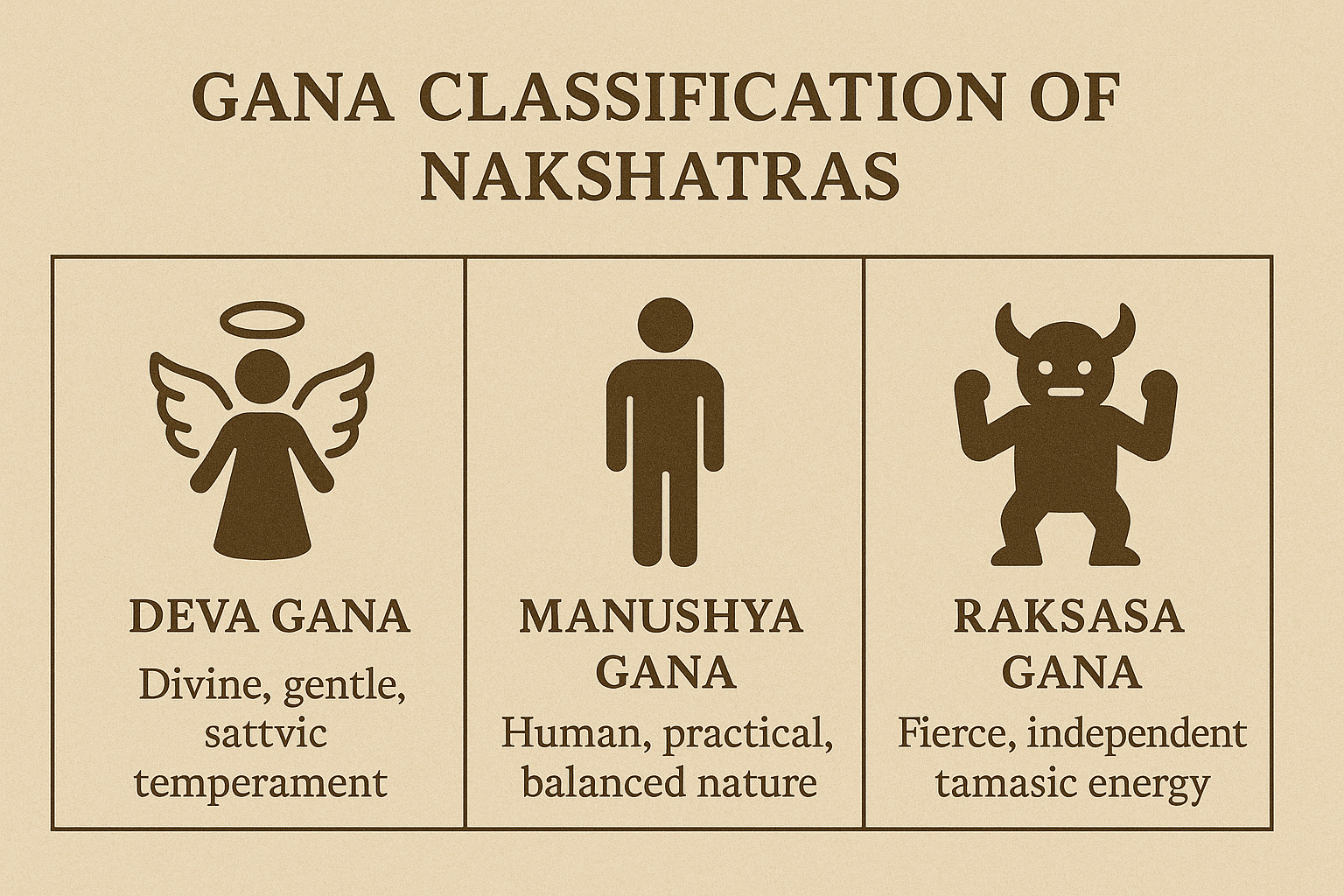
Gana Classification of Nakshatras — Deva, Manushya, and Rakshasa
Every Nakshatra also belongs to one of the three Ganas (categories):
- Deva Gana – Divine, gentle, sattvic temperament
- Manushya Gana – Human, practical, balanced nature
- Rakshasa Gana – Fierce, independent, tamasic energy
This doesn’t mean “good or bad” — it’s simply how each soul expresses its energy. Even Rakshasa Gana natives can be brilliant innovators or truth-seekers.
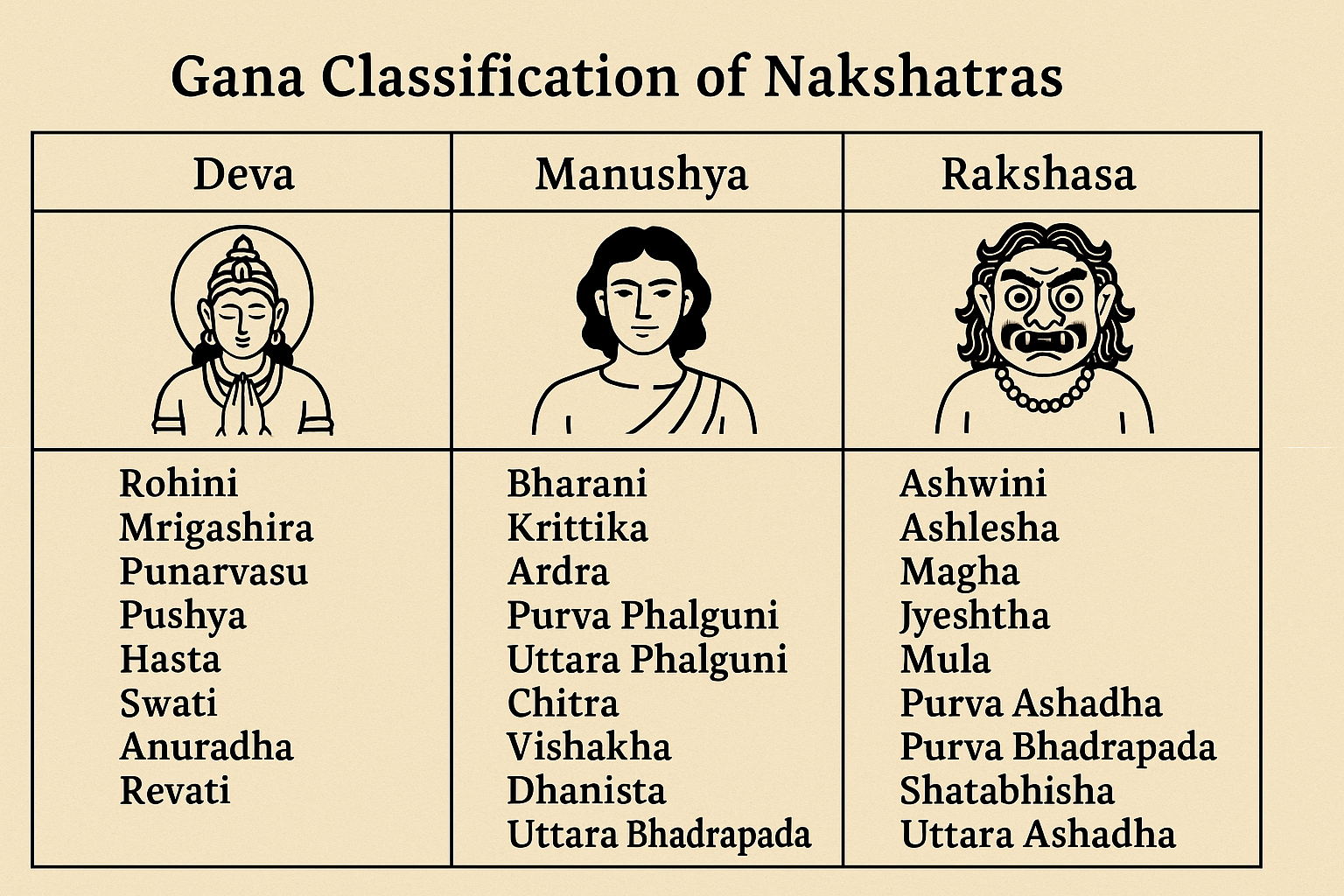
Which Nakshatras are Deva Gana?
Rohini, Mrigashira, Punarvasu, Pushya, Hasta, Swati, Anuradha, and Revati Nakshatras belong to the Deva Gana. Deva Gana people tend to be gentle, kind, peaceful, and inclined towards service and devotion.
Which Nakshatras are Manushya Gana?
Bharani, Krittika, Ardra, Purva Phalguni, Uttara Phalguni, Chitra, Vishakha, Shravana, Dhanishta, and Uttara Bhadrapada Nakshatras belong to the Manushya Gana. Manushya Gana people tend to be balanced, practical, social, and often focused on worldly goals and relationships.
Which Nakshatras are Rakshana Gana?
Ashwini, Ashlesha, Magha, Jyeshtha, Mula, Purva Ashadha, Purva Bhadrapada, Shatabhisha, Uttara, and Ashadha Nakshtras belong to the Rakshasa Gana. Rakshasa Gana people tend to be strong-willed, courageous, and transformative. They challenge norms and push boundaries.
Understanding your Nakshatra’s Gana helps you see how you naturally respond to life, whether with softness, practicality, or intensity. It’s often used in compatibility analysis during marriage matching and to understand a person’s temperament.
How do I know my Nakshatra?
Go to astro sage by clicking on this link, and enter your exact birth details (exact date, time, and place).
And boom, the tool will do the calculations for you and reveal your nakshatra for you!
Remember, your nakshatra reflects your inner and outer blueprint, your habits, instincts, and emotional tendencies. If I should use a fancy term here, it’s your “lunar signature”.
The God of Stars: Who Rules Over the Nakshatras?
In Hinduism, Chandra (the Moon God) is the main ruler of all Nakshatras. He’s called Nakshatrapati, meaning “Lord of the Stars.”
Each Nakshatra also has its own deity like Agni, Indra, Vishnu, or Varuna, who represents a specific divine quality.
A popular puranic story depicts the Moon marrying all 27 daughters of Daksha, who are the Nakshatras. This symbolizes how the Moon (our mind and emotions) connects with every part of the cosmos during its monthly journey.
FAQs on 27 Nakshatras
What are the 27 Nakshatras?
Ashwini, Bharani, Krittika, Rohini, Mrigashira, Ardra, Punarvasu, Pushya, Ashlesha, Magha, Purva Phalguni, Uttara Phalguni, Hasta, Chitra, Swati, Vishakha, Anuradha, Jyeshtha, Mula, Purva Ashadha, Uttara Ashadha, Shravana, Dhanishta, Shatabhisha, Purva Bhadrapada, Uttara Bhadrapada, and Revati.
Can two people with the same Nakshatra marry?
Technically yes. However, please note that two people under the same Nakshatra share similar emotional traits, which can either bring deep understanding or intense friction. Hence, take necessary self-awareness with you before you proceed.
Understanding Your Celestial Blueprint
By now, you have understood that every Nakshatra is a story. To know your Nakshatra is to understand the design of your mind, the patterns that shape your emotions, instincts, and destiny.
If you have faith in Nakshatras, I would recommend you one thing. Next time you look at the night sky, remember: You’re not just under the stars — you are made of them. And how fascinating that one of those stars, they shape various patterns of your life.
Om Namo Narayanaya.
If you found this blog insightful, dive deeper into Hinduism’s timeless wisdom by exploring more articles on our website!
Read Next:
30 Powerful “Bhagavad Gita As It Is” Quotes That Will Transform Your Life
The Bhagavad Gita, the “Song of God,” the one of the most popular holy books…
Agami Karma: How Your Thoughts Today Shape Your Destiny Tomorrow
What even is karma? Most people would describe karma as “what goes around, comes around.”…
Hinduism Books
Who is Lord Shiva?
Lord Shiva, also known as Mahadeva, Shankara, Bholenath, and Rudra, is one of the most…
7 Core Beliefs of Hinduism
Hinduism, the world’s oldest and the most diverse living religion doesn’t revolve around a single…
108 Names of Lord Ganesha: Ashtottara Shatanamavali
Lord Ganesha, the beloved remover of obstacles and the god of auspiciousness is worshipped in…
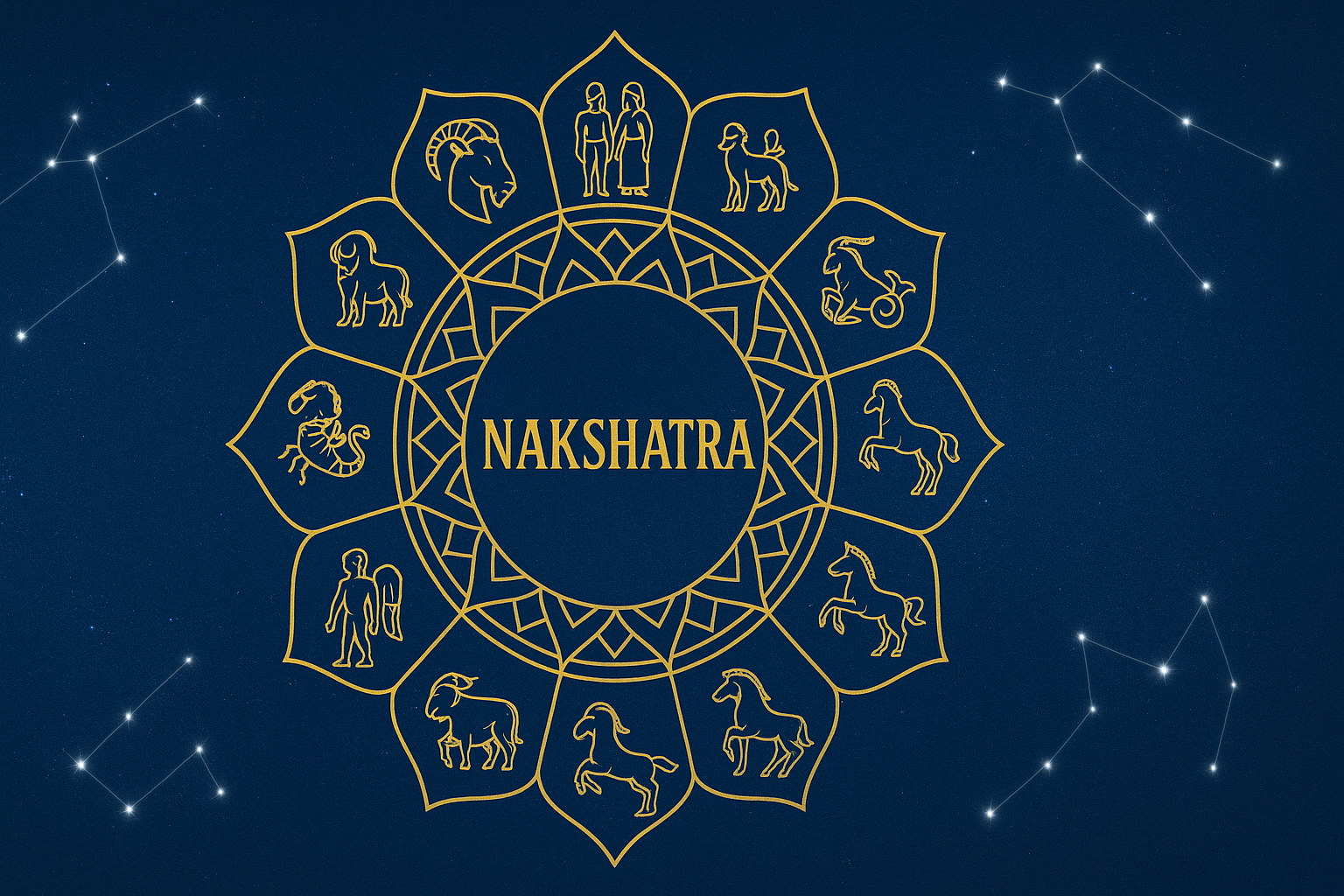
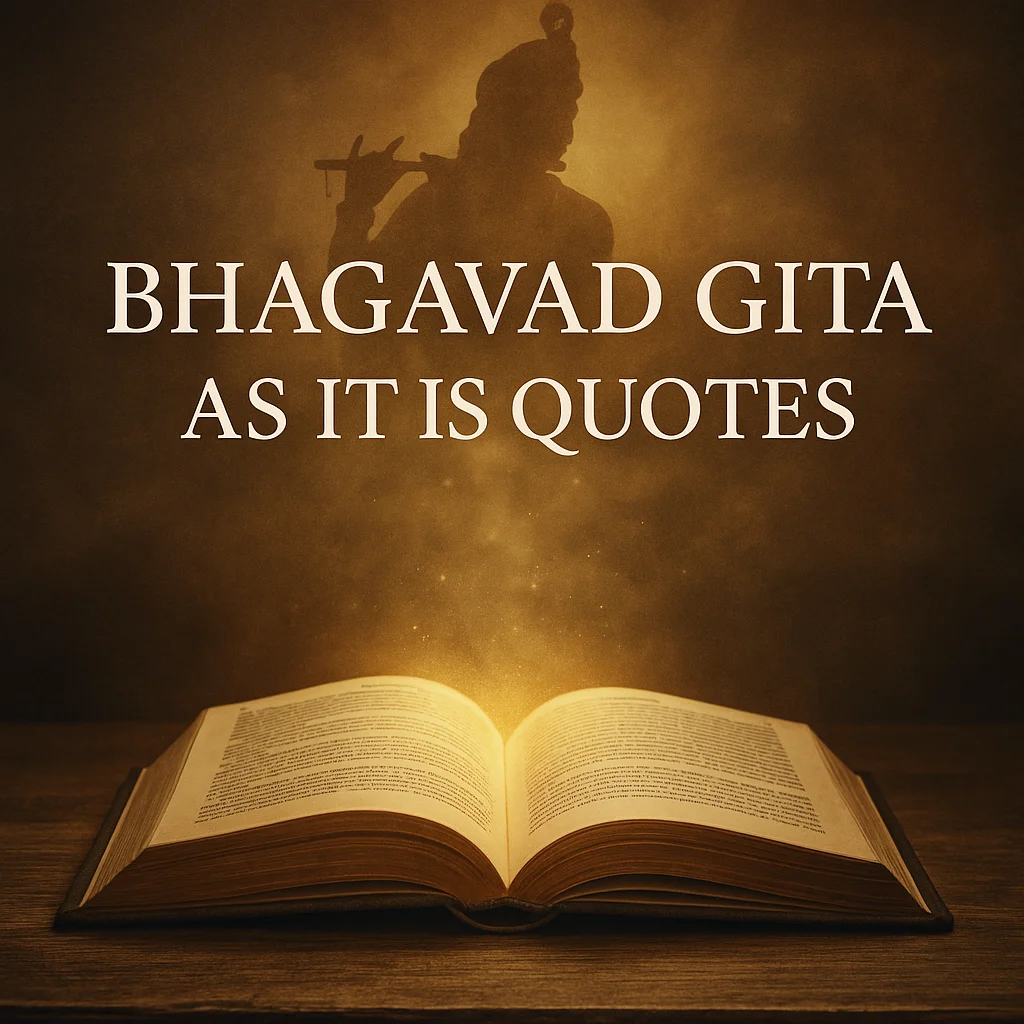




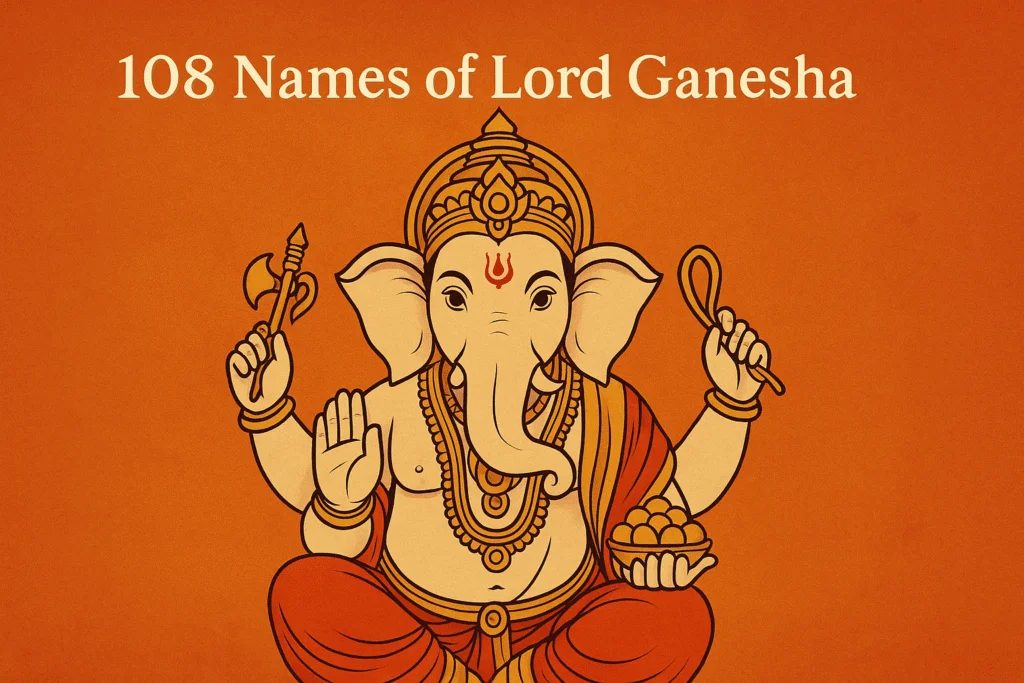
Leave a Reply